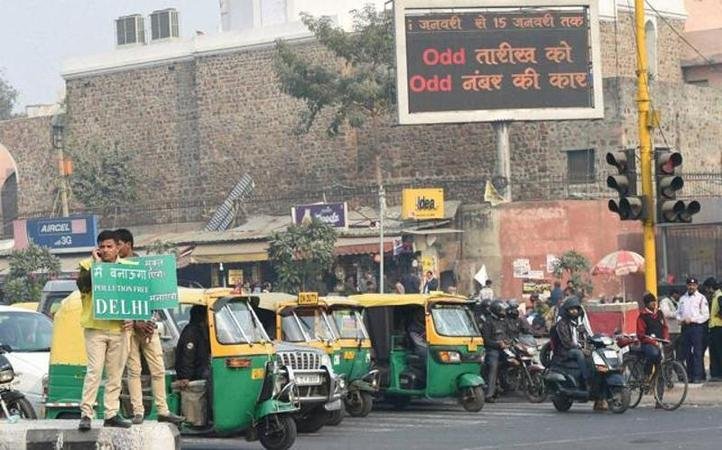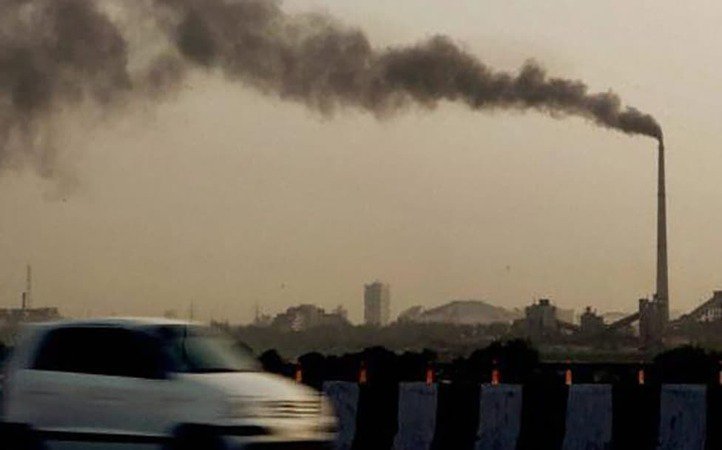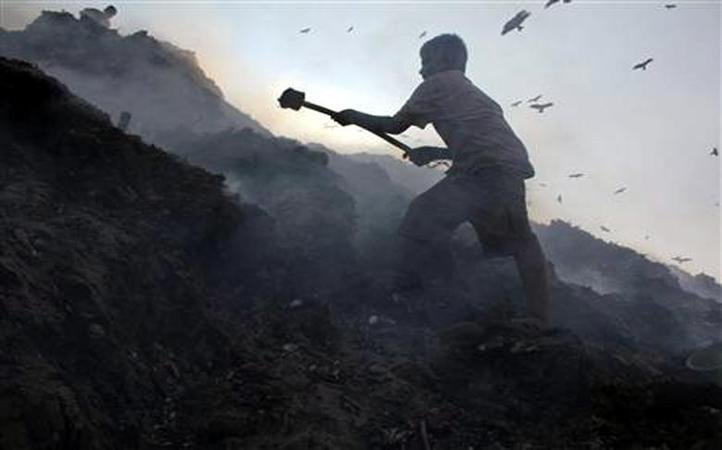The first week of odd-even II saw a “decrease” in pollutants but air quality fell thereafter owing to reduced wind speed, crop burning, with blazes at landfill sites and forest fires in Uttarakhand being added factors, a report by the Delhi Pollution Control Committee (DPCC) has said.
The DPCC report, based on monitoring at three levels undertaken before, during and after the scheme was enforced, has concluded that pollution levels increased due to dip in wind speed and farm fires from April 22, in line with the findings of green body CSE.

Analysis of data obtained from the six fixed stations, that conduct real-time monitoring of pollutants across the year, show that levels of fine respirable pollutants PM 2.5 and PM 10 rose marginally during the first week as well, although the spike was sharper in the second week.
The results
- The average value of PM 2.5, recorded at 89 micrograms per cubic metre (ug/m3) between April 6-14, went up to 111 during the first week of the scheme and 154 in its second week.
- Wind speed fell from 1.6 to 1.1 metres per second during the same period.
- PM 10 rose from 323 ug/m3 in the first week to 360 ug/m3 while level of NO2 rose from 63 ug/m3 to 93 ug/m3. The safe standards of PM 2.5 and PM 10 are 60 and 100 respectively.

The factors
- “The analysis of the data generated before, during event and after the event shows that the total period was highly influenced by metrological parameters like wind speed, wind direction, ambient temperature.”
- “It is also observed that local and trans-state movement of pollutants also influenced the air quality of Delhi.”

- “The probable factors are crop residue burning in Haryana, Punjab, local fire in Delhi including fire in land fill sites and Uttrakhand fire might also had effect on ambient air quality,” the report said.
- Meanwhile the NGT asked Delhi government why it did not focus on sources of pollution like dust and burning of waste, instead of spending money on Odd Even scheme.
Feature image source: Reuters

















